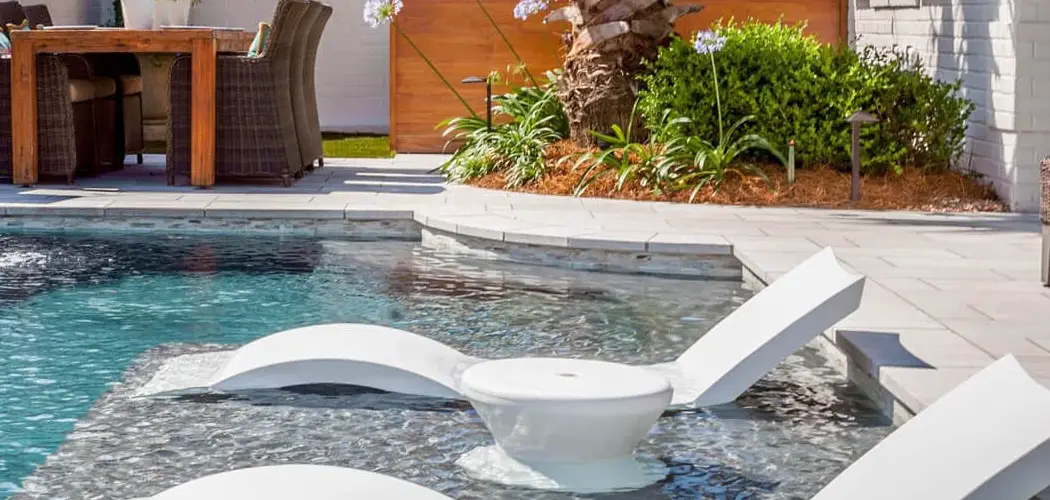Ledge Lounger chairs are designed to provide both comfort and durability, making them a popular choice for outdoor and poolside relaxation. However, to maintain their pristine appearance and longevity, regular cleaning is essential.
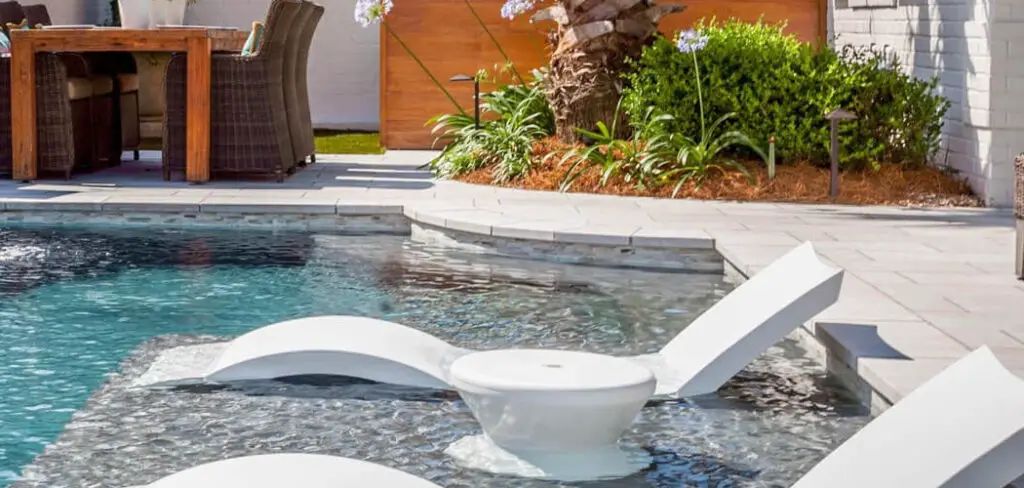
This guide will walk you through the steps of how to clean ledge lounger chairs, ensuring they remain in excellent condition for years to come.
Importance of Regular Cleaning
Regular cleaning of your Ledge Lounger chairs is crucial for preserving their appearance and functionality. Outdoor furniture is constantly exposed to elements such as sunlight, water, dirt, and debris, which can lead to fading, staining, or buildup that may compromise the material’s durability.
By cleaning the chairs consistently, you prevent the accumulation of grime and protect them from long-term damage caused by environmental factors. This not only extends the life of your furniture but also ensures that they remain a stylish and inviting part of your outdoor space.
Why Regular Cleaning Matters
Regular cleaning of outdoor furniture is essential not just for aesthetic reasons, but also for maintaining its structural integrity. Over time, dirt particles and moisture can seep into the material, causing degradation, rust, or mold growth depending on the type of furniture.
For instance, wood can crack or warp if grime and water are left untreated, while metal furniture may succumb to rust without proper care. Regular maintenance helps to mitigate these issues, ensuring that your furniture stays in good condition for years to come.
Additionally, consistent cleaning creates a more hygienic environment by eliminating bacteria, allergens, and pests that may accumulate on surfaces. By prioritizing regular cleaning, you safeguard both the functionality and appearance of your outdoor pieces.
10 Methods How to Clean Ledge Lounger Chairs
1. Rinse the Chairs Thoroughly After Each Use to Remove Pool Chemicals
One of the simplest yet most important steps in maintaining Ledge Lounger chairs is rinsing them with fresh water after use—especially when they’re placed on a pool’s tanning ledge. Pool water contains chlorine, salt, and other sanitizing chemicals that can degrade the surface finish over time.
After a day of sun and splash, a quick rinse with a garden hose will remove residual chemicals and help prevent buildup or discoloration. Doing this regularly reduces the need for deep cleaning and preserves the chair’s appearance, especially the UV-resistant polyethylene used in most Ledge Lounger models.
2. Use Mild Dish Soap and Water for Routine Cleaning
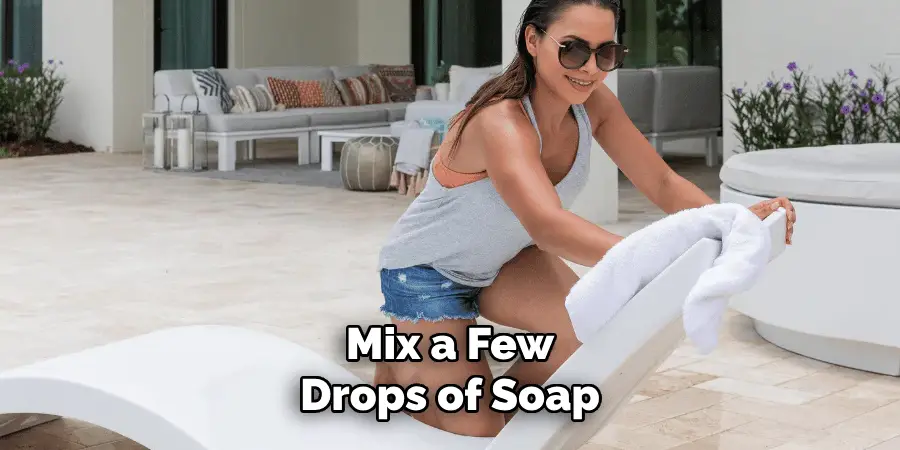
For everyday dirt and light grime, there’s no need for harsh chemicals. A solution of mild dish soap and warm water works wonders on Ledge Lounger chairs. Mix a few drops of soap into a bucket of water, and use a soft sponge or microfiber cloth to gently scrub the surface. Focus on high-contact areas such as the seat and armrests where sunscreen, oils, and sweat tend to accumulate.
After scrubbing, rinse thoroughly with clean water to remove all soap residue. This method is ideal for weekly or bi-weekly cleaning to keep the furniture looking fresh without harming the surface.
3. Use a Soft-Bristled Brush to Tackle Stubborn Dirt
Sometimes a cloth or sponge isn’t enough to lift stuck-on grime, especially from textured areas or seams. In such cases, use a soft-bristled brush—like a nylon scrub brush or old toothbrush—for a deeper clean. Gently scrub in circular motions to lift dirt without scratching the furniture.
This is particularly helpful in crevices, under armrests, or around drain holes where debris tends to hide. Avoid stiff or metal brushes, as these may scuff or damage the surface of the polyethylene material, which is designed to be tough but not impervious to abrasion.
4. Avoid Harsh Chemicals, Bleach, and Abrasive Cleaners
Although Ledge Lounger chairs are built to withstand outdoor elements, their integrity and color can still be compromised by aggressive cleaners. Avoid using bleach, ammonia-based products, or abrasive powders, which may cause fading, etching, or surface dulling.
Even disinfectants should be used cautiously—if needed, dilute them heavily and rinse thoroughly afterward. For the best long-term results, stick to cleaners that are labeled “safe for plastics” or intended for outdoor furniture. If in doubt, always test a new cleaning product in a small, inconspicuous area before applying it more broadly.
5. Remove Sunscreen and Body Oil Buildup with White Vinegar Solution
Over time, tanning lotions, sunscreens, and body oils can create a film on the chair surface that’s difficult to remove with soap alone. A simple and eco-friendly solution is to mix equal parts white vinegar and water in a spray bottle. Spray it generously over the oily areas and allow it to sit for a few minutes before wiping with a soft cloth.
The vinegar breaks down oily residue and neutralizes odors without damaging the material. Finish by rinsing with clean water. This method is especially useful during peak pool season when sunscreen use is high.
6. Use Magic Erasers to Spot-Clean Tough Stains
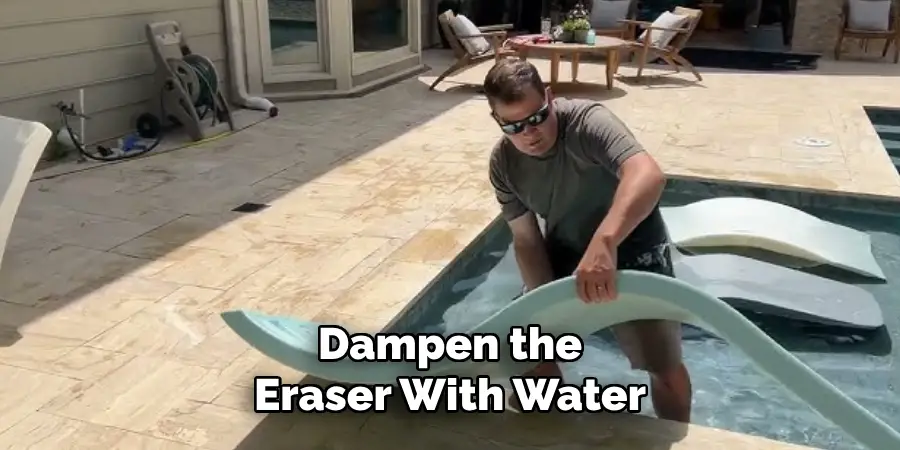
For isolated marks like scuff lines, leaf stains, or mild mildew spots, a melamine sponge—commonly known as a Magic Eraser—can be surprisingly effective. Dampen the eraser with water and gently rub the affected area using light pressure. These sponges work like ultra-fine sandpaper, lifting stains without the need for added chemicals.
Use them sparingly, and only on smooth, non-glossy areas, as excessive use could dull the finish over time. They’re perfect for quick spot treatments when you don’t have time for a full wash.
7. Pressure Wash Occasionally for a Deep Clean (Use Low Pressure)
If your Ledge Lounger chairs are heavily soiled or have been left outdoors for an extended period, a pressure washer can help restore them. Use a pressure washer on a low-pressure setting (typically below 1,500 PSI) with a wide-angle nozzle to avoid damaging the plastic.
Hold the wand at least 18 inches from the surface and move in broad, sweeping strokes. This method can quickly remove stubborn algae, dirt, or weather grime. After pressure washing, allow the chairs to dry completely before returning them to the poolside or tanning ledge.
8. Clean Drainage Holes and Undersides to Prevent Algae Growth
Algae and mold thrive in hidden, moist areas—especially on furniture that sits in shallow pool water. Periodically flip the chairs and check the undersides and drainage holes for buildup. Use a hose, long brush, or narrow bottle brush to flush out debris from these areas.
Algae can discolor the plastic or create slippery surfaces, posing safety concerns. Regular maintenance of these less-visible zones ensures your chairs remain not only attractive but also hygienic and safe for all users.
9. Dry Chairs in the Sun to Prevent Mildew
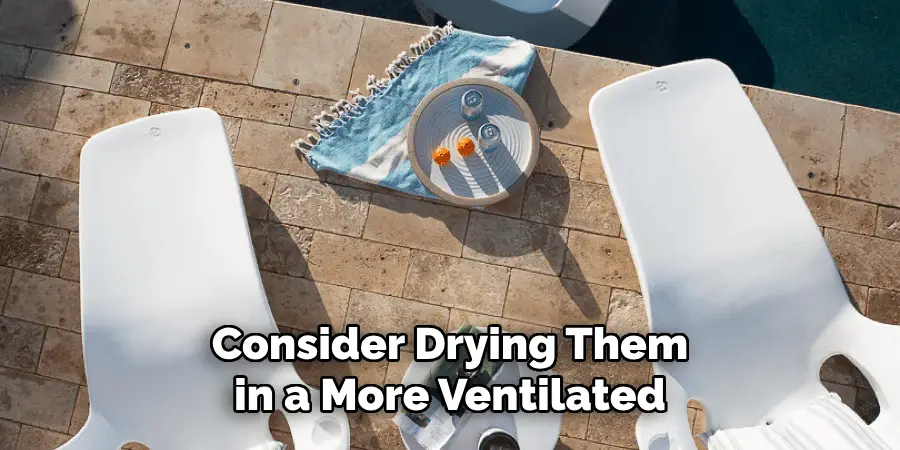
Even though Ledge Lounger chairs are designed for wet environments, they still benefit from being dried periodically. After cleaning or during off-use periods, let them air dry in the sun. Sunlight acts as a natural disinfectant and helps prevent the growth of mildew, particularly around seams or textured surfaces.
If your climate is humid, consider drying them in a more ventilated, shaded area to avoid trapping moisture underneath. This occasional sun-drying routine helps preserve the integrity and cleanliness of your loungers throughout the season.
10. Implement a Seasonal Deep-Cleaning Routine
To keep your Ledge Lounger chairs in top condition, plan a thorough deep-cleaning session at the start and end of each pool season. This should include a complete surface wash with soapy water, attention to hidden areas, removal of stains, and light polishing if desired.
You can also inspect for wear or fading, and if applicable, apply a UV protectant spray designed for plastic furniture to enhance color retention. Taking this time each season ensures that your investment remains comfortable, clean, and resort-worthy year after year.
Maintenance and Upkeep
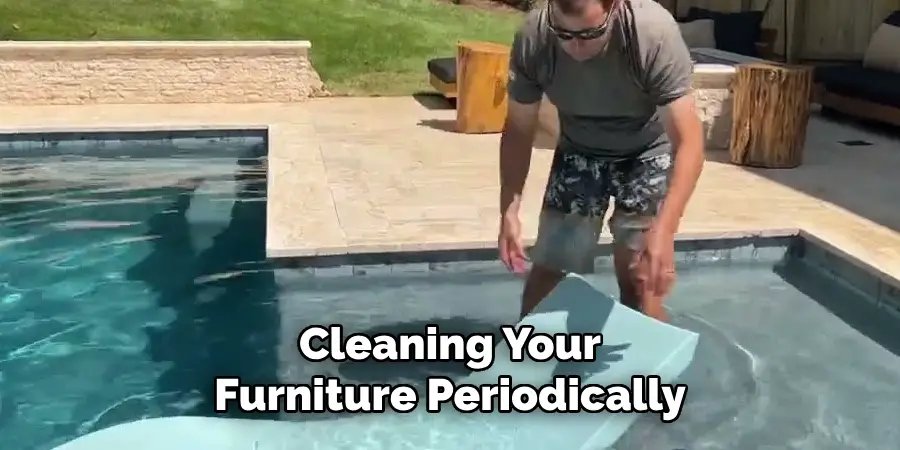
To keep your outdoor furniture in excellent condition, regular maintenance is key. Start by cleaning your furniture periodically to remove dirt, dust, and debris that can accumulate over time. Use a soft cloth or sponge with mild soap and water to gently scrub surfaces, avoiding harsh chemicals that may damage finishes. For metal furniture, inspect for rust and touch up any chips in the paint to prevent further corrosion.
Wooden furniture may benefit from yearly sanding and resealing to protect it from moisture and UV exposure. Additionally, protect cushions and fabrics by storing them in a dry, cool place during inclement weather or off-season months. Implementing these small yet consistent efforts will not only extend the life of your furniture but also ensure it remains an inviting and attractive part of your outdoor space.
Conclusion
Ledge Lounger chairs are crafted to withstand poolside conditions with style and durability, but they still require regular care to maintain their best look and feel. From routine rinsing and gentle soapy scrubs to vinegar treatments and pressure washing, each cleaning method plays a role in prolonging their life.
Avoiding harsh chemicals, checking hidden spots, and committing to a seasonal deep clean will help prevent staining, algae buildup, and premature wear. Thanks for reading, and we hope this has given you some inspiration on how to clean ledge lounger chairs!

